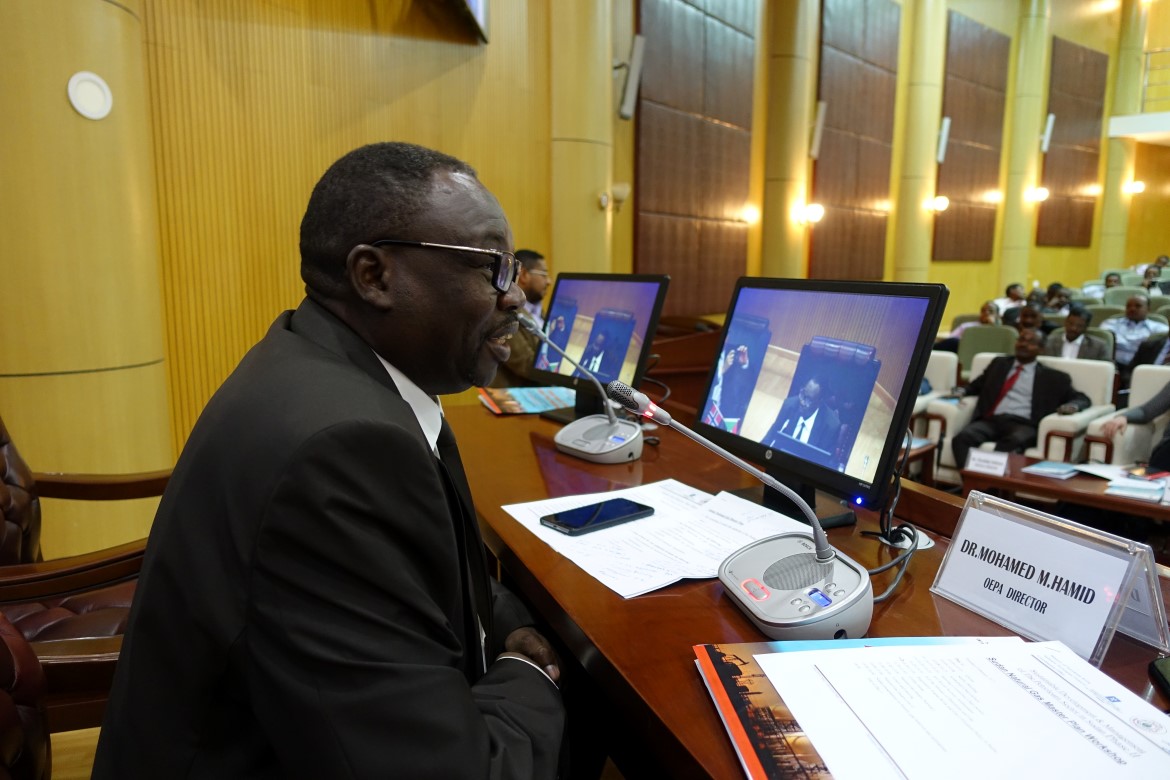
Reaping the full benefit of gas
The answer from participants at an OfD workshop in Sudan was an unanimous “yes”.
Natural gas utilization was the main topic for a two-day workshop organized by the OfD-programme and held in Khartoum, Sudan on February 21-22.
Moving away from gas flaring
Flaring of free and associated natural gas is a common practice in Sudan. It leads to waste of a valuable natural energy resource and to degradation of the environment through emissions of greenhouse gases. Currently, Sudan is flaring substantial amounts of gas.
The authorities intend to change this practice, as its current plan for a gas treatment and power plant (Fulla) demonstrates. However, they do not yet have a comprehensive plan to address the issue on a national scale.
The workshop was an important first step to this end. The next step will be for the authorities to commence the development of a strategic plan for the actual utilization of gas.
Benefits of a master plan
The workshop gave a thorough technical introduction to most gas issues. It continued with the benefits and preparations of a gas master plan. Such a plan will provide Sudan with a valuable tool for decision making concerning gas utilization.
The workshop also entailed group work to discuss the first steps needed for the development and implementation of a gas master plan.
There were close to 100 participants, primarily from Sudan’s Ministry of Petroleum and Gas (MOPG), but also from other relevant ministries.
Although bound to take time, there are high expectations that Sudan will manage to discard the practice of flaring and adopt a sustainable national gas management plan.
Facts about gas flaring
In the early days of petroleum exploration, natural gas was not considered a useful product because of the difficulties in transporting it to markets. As a result, gas was burned off at the well or vented into the atmosphere.
While gas flaring is banned in many countries, the practice continues in locations where local markets and gas transportation infrastructure are lacking, or where the gas itself is contaminated with other incombustible gases. In fact, Gas flaring, or the burning of associated gas in connection with oil production, causes more than 300 million tonnes of CO2 emissions every year.
Flaring and venting of gas have two significant effects, both negative:
- From a resource perspective, flaring gas is a waste of the petroleum resource which could otherwise have been utilized for managing reservoir pressure or as a primary source for power generation.
- From an environmental perspective, venting of flaring of gas involves emissions, which are harmful to the environment.
Gas flaring is prohibited in Norway, with the exception of emergency flaring. The ban on routine flaring on the Norwegian continental shelf was introduced to avoid wasting resources. Later, when the effect of flaring on global warming was discovered, this strengthened Norway’s commitment to the ban.
In Sudan, MOPG has banned the flaring and venting of gas beyond what is required for safety purposes since 2004. However, the ban has not been enforced and more measures are needed.
